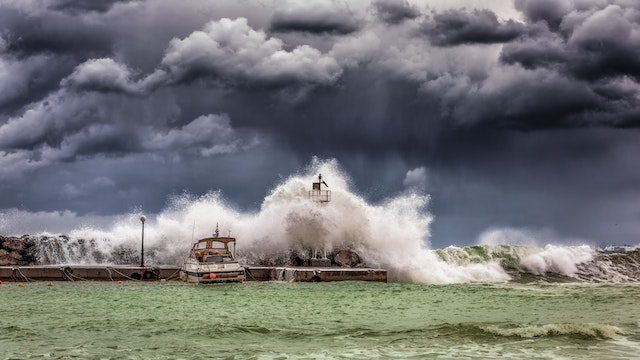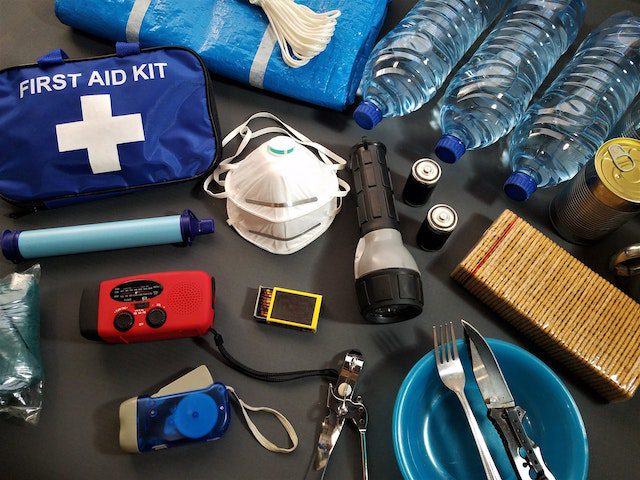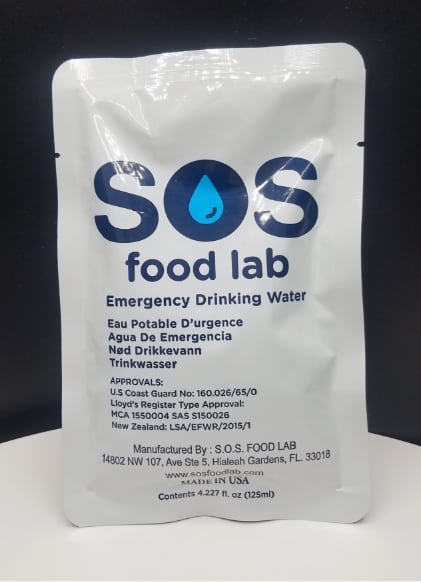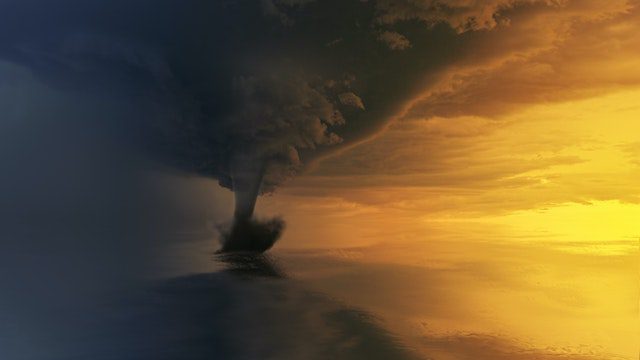If you’re staring down a hurricane, it’s not the time to be ill-prepared. Preparing for a storm should begin long before the storm has made landfall in your area.
Fortunately, there are many ways that you prepare yourself and your home to stay safe during a storm.
Ensure that you have emergency supplies including clean water and food. Talk to your family and make sure that you’re all on the same page. Plus, prepare your home to minimize as much damage as possible.
What Is A Category 4 Storm?
According to the National Oceanic and Atmospheric Administration (NOAA), the Saffir-Simpson Hurricane Wind Scale allows us to rate hurricanes. Hurricanes are rated on a scale of 1-5 with “1” being the weakest and “5” being the most severe.

The Saffir-Simpson scale estimates the damage that will occur to property. Any hurricane rated a “3” and above is a “major” hurricane.
“Major” hurricanes can cause “catastrophic wind damage and significant loss of life”. They produce dangerous storm surges, flooding, and tornados.
A category 4 hurricane is a storm that produces winds of 130-156 mph/113-136 kt/209-251 km/h.
A category 4 hurricane can cause severe damage to well-built framed houses. This includes damage to the roof and exterior walls. Most trees and power poles will snap or uproot, leaving communities isolated. The affected areas will experience power outages and be uninhabitable for weeks or months.
Hurricane Ian struck Florida September 28 with 150 mph winds. The storm resulted in disastrous storm surges and flooding. Most of the damage hit Lee and Charlotte counties, leaving 2.5 million people without power.
The storm was so intense that President Biden said it’s likely to be the deadliest storm in Florida’s history. The state began recording hurricanes in 1851. Since then, only 15 of the hurricanes have been category 4 or 5, including Ian.
How Can You Prepare Yourself For A Category 4 Hurricane?
As terrifying as hurricanes may be, there are ways that you can keep yourself safe.
Hurricanes can affect people hundreds of miles/kilometers off the coast. So, even if you don’t live along the coast, you should still prepare.
The first thing you should do is make a plan. Write down the phone numbers of your emergency contacts, friends, and family. You should also know where emergency shelters are located and have a plan to access them.
An emergency supply kit is essential during a storm. You could be isolated for weeks without power or access to food and water. These are the things you should keep in that kit:
● Non-perishable food and water like SOS Emergency Food Rations and Water Pouches
● Emergency medicine supply
● Emergency power sources: flashlights, generators, batteries, etc.
● Important documents: medical documents, wills, ID, passports, etc.

You should also know the difference between a hurricane “watch” and a “warning.” A hurricane watch means that hurricane conditions are possible in your area. A hurricane warning means a storm is expected in your area.
Lastly, you’ll want to prepare your home since hurricanes can produce enormous damage. Remove any debris and lawn furniture from your yard that may blow away. Keep your windows safe by using storm shutters or plywood. Also, know how to turn the power off to your house. That will keep you safe from electrocution should your house begin to flood.
Why is It So Important to Have Emergency Food & Water?
You never know what to expect from storms. It could turn in the other direction and be a dud, or it could become much stronger than you anticipated. That’s why it’s always best to prepare for the worst.
Besides staying safe and dry, the most important thing you can do in a hurricane is make sure you have food and water.
Major storms can leave you isolated without power for weeks. You might have no way to get the supplies you need. A person can only live about three days without food. Food is just as important because you’ll need the energy to deal with the aftermath.
If you can, drink bottled water untouched by flood waters. If you can’t do that, boil the water to kill disease-causing organisms.

There are plenty of ways to keep your food safe and healthy during a storm, too.
Conclusion
Category 4 hurricanes are rare, but, severe storms can cause immeasurable damage and loss of life. If you can, it’s best to evacuate to stay safe. But, there are plenty of ways to keep yourself and your home safe if you plan to ride out the storm.
